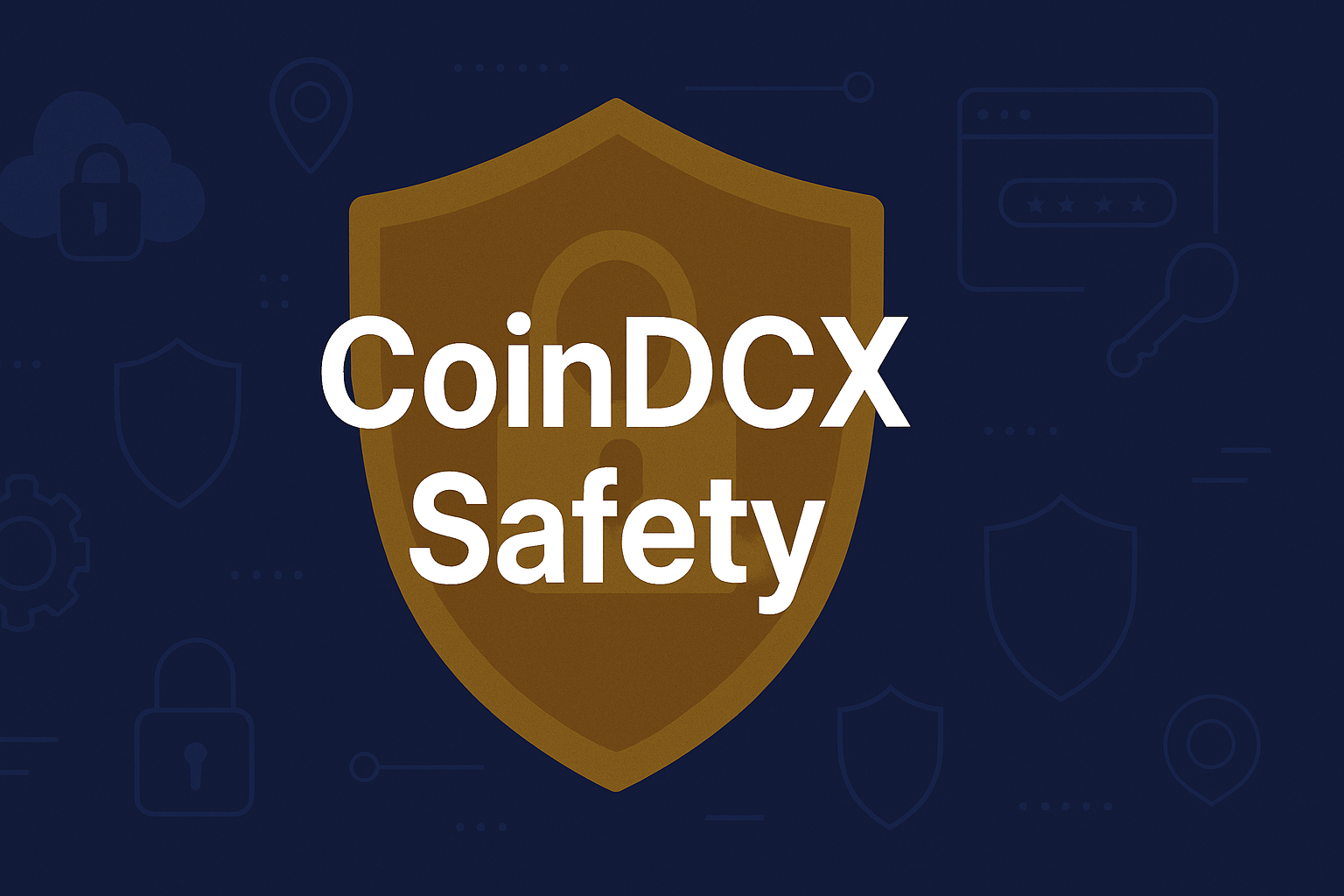Is coindcx safe after that high-profile hack? In this article I’ll walk you through exactly what happened on July 19, why CoinDCX says customer funds were not affected, how the attackers acted, how CoinDCX responded, and the checklist you should use to judge any exchange’s safety. I’ll also share concrete steps you can take right now to protect your crypto.
Table of Contents
- Quick summary: what happened and why this matters
- How the attackers moved funds and covered their tracks
- CoinDCX’s response: steps taken and what they mean for users
- Market reaction: panic sellers vs opportunistic buyers
- Is coindcx safe? The practical, layered answer
- Wider context: this is not an isolated problem
- Why government and regulation matter to exchange safety
- Concrete personal security steps you must follow
- Practical scenario: what to do if you’re worried right now
- FAQ — Quick answers to common questions
- Final verdict: Is coindcx safe? A balanced perspective
- About the author of the original explainer
- Further reading and next steps
Quick summary: what happened and why this matters
On July 19, attackers drained roughly ₹370 crore (about $44 million) from CoinDCX—not from their cold storage that holds user assets, but from an internal operational or provisional wallet used for daily transactions. Because the funds stolen came from an operational account rather than the company’s cold wallets, CoinDCX maintains that customer assets in cold storage remained secure. Still, an incident like this understandably shakes investor confidence and prompts the vital question: Is coindcx safe?
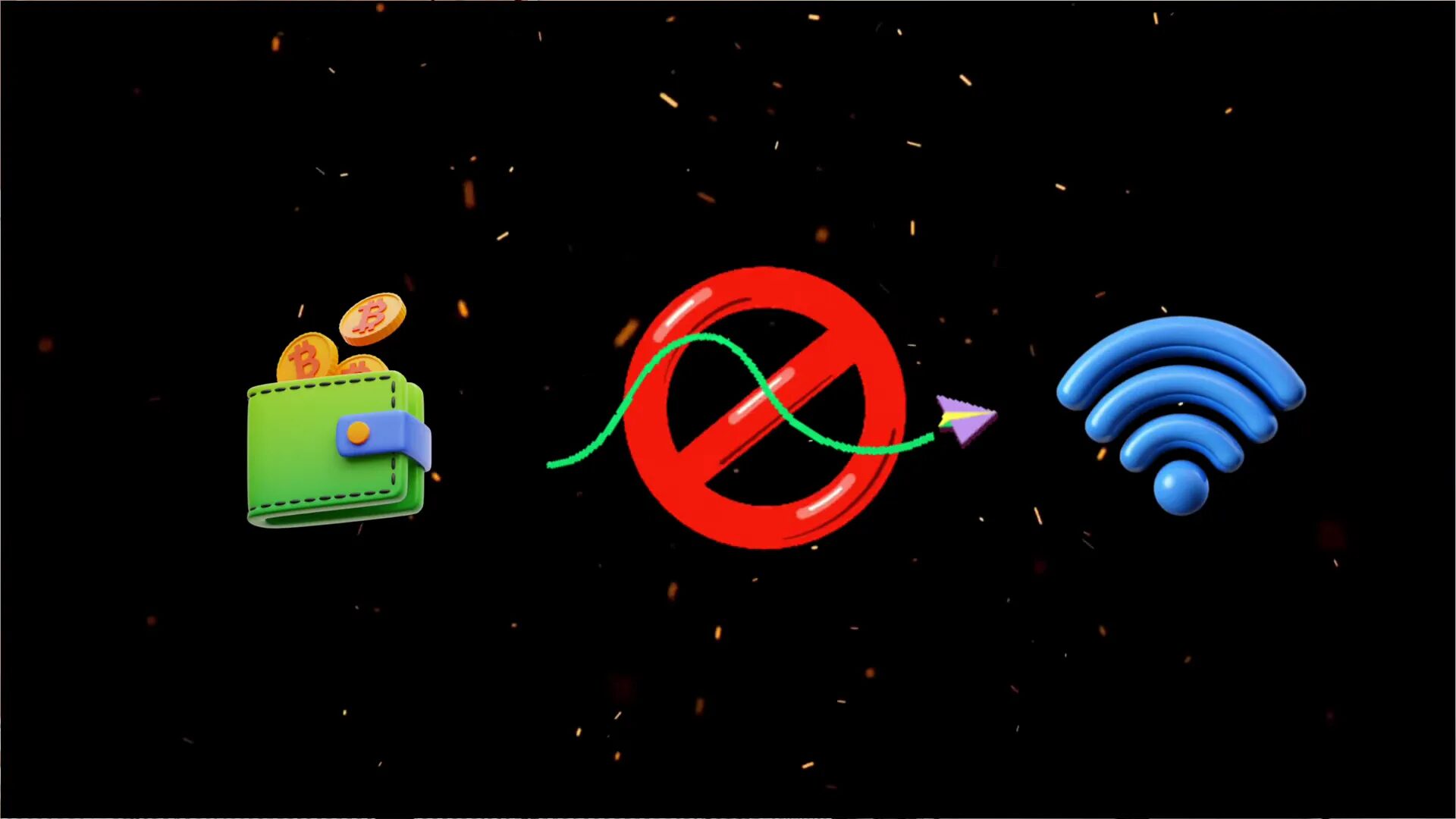
Why the distinction between operational wallets and cold wallets matters
Think of an exchange like a bank. Cold wallets are the bank’s vaults or lockers—offline, extremely secure, and not connected to the internet. Operational wallets are like the cash at the teller counter used for daily transactions. If a robber breaks into the bank’s little cashier desk and steals some cash, the vault remains intact. That is essentially what happened here: attackers accessed an operational wallet rather than the main vault (cold wallet).
Because of that separation, CoinDCX says user funds in cold wallets were untouched. But an attacker getting into any wallet associated with an exchange is a serious red flag that deserves scrutiny. So again: Is coindcx safe? The short answer: the platform has safeguards and insurance, but you must evaluate multiple factors and follow sound personal security practices.
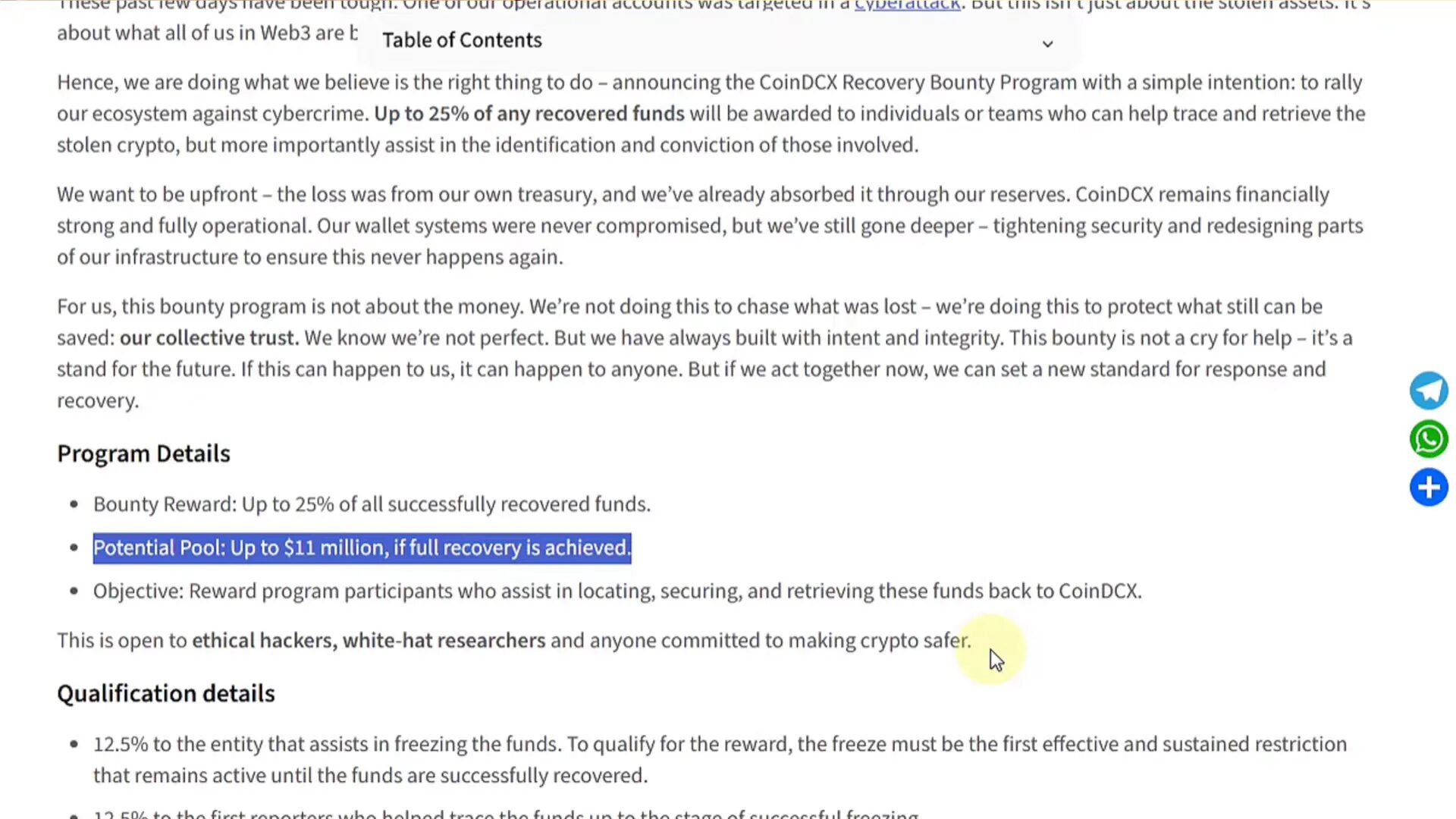
How the attackers moved funds and covered their tracks
The attackers didn’t just take tokens and leave. They used cross-chain tools that make stolen funds harder to trace. According to analysis, the theft involved Ethereum and Solana tokens moved via Jupiter swap aggregator and Wormhole, cross-chain bridges that allow tokens to move between different blockchains. To further obfuscate the trail, the attackers used crypto mixers (the transcript mentions a mixer name sounding like “Netocash”) that blend funds from many users, making forensic tracing difficult.
This is now a familiar playbook: attackers exploit an operational surface, rapidly swap across chains, and route through mixing services to defeat traceability. That’s why immediate, transparent response by the exchange—and cooperation with blockchain analytics firms—matters so much.
CoinDCX’s response: steps taken and what they mean for users
CoinDCX reacted publicly and quickly. They accepted that an incident occurred, clarified the vectors involved, and reassured users that customer funds in cold storage were safe. The exchange also announced several important measures:
- Covering the loss from company reserves rather than passing it onto users.
- Launching a recovery bounty program worth around ₹100 crore to incentivize information that leads to funds recovery and arrests.
- Working with global blockchain analytics and custody partners such as Chainalysis and Fireblocks to trace and recover stolen assets.
- Confirming that withdrawals were not blocked—many users reported normal withdrawals throughout the incident.
Covering losses from reserves is a significant signal. It shows the exchange had capital buffers and preferred to protect user assets rather than temporarily freeze or proportionally penalize customers. But corporate reserves and a recovery bounty do not automatically mean you should stop asking tough questions about how safe the platform is going forward.
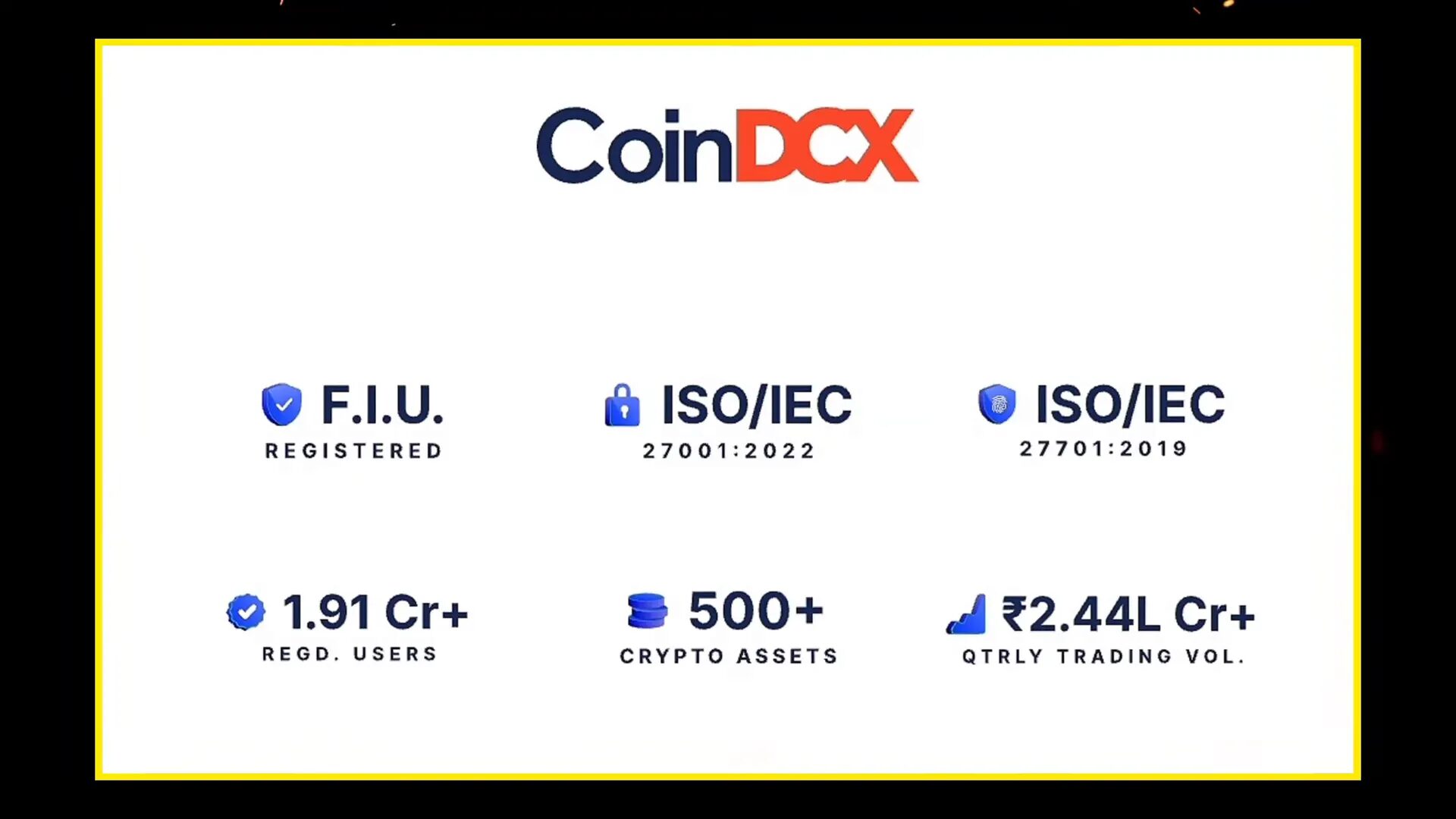
Market reaction: panic sellers vs opportunistic buyers
When negative news hits a market, panic selling often follows. During this incident, certain tokens on CoinDCX saw sharp drops in price—for example, USB dropped to ₹78 at one point because of heavy selling. That created a buying opportunity for traders who recognized the dip and bought at the bottom; some made 10–15% gains quickly when prices normalized. This behavior is a recurring pattern in crypto markets: fear creates liquidity which opportunists exploit.
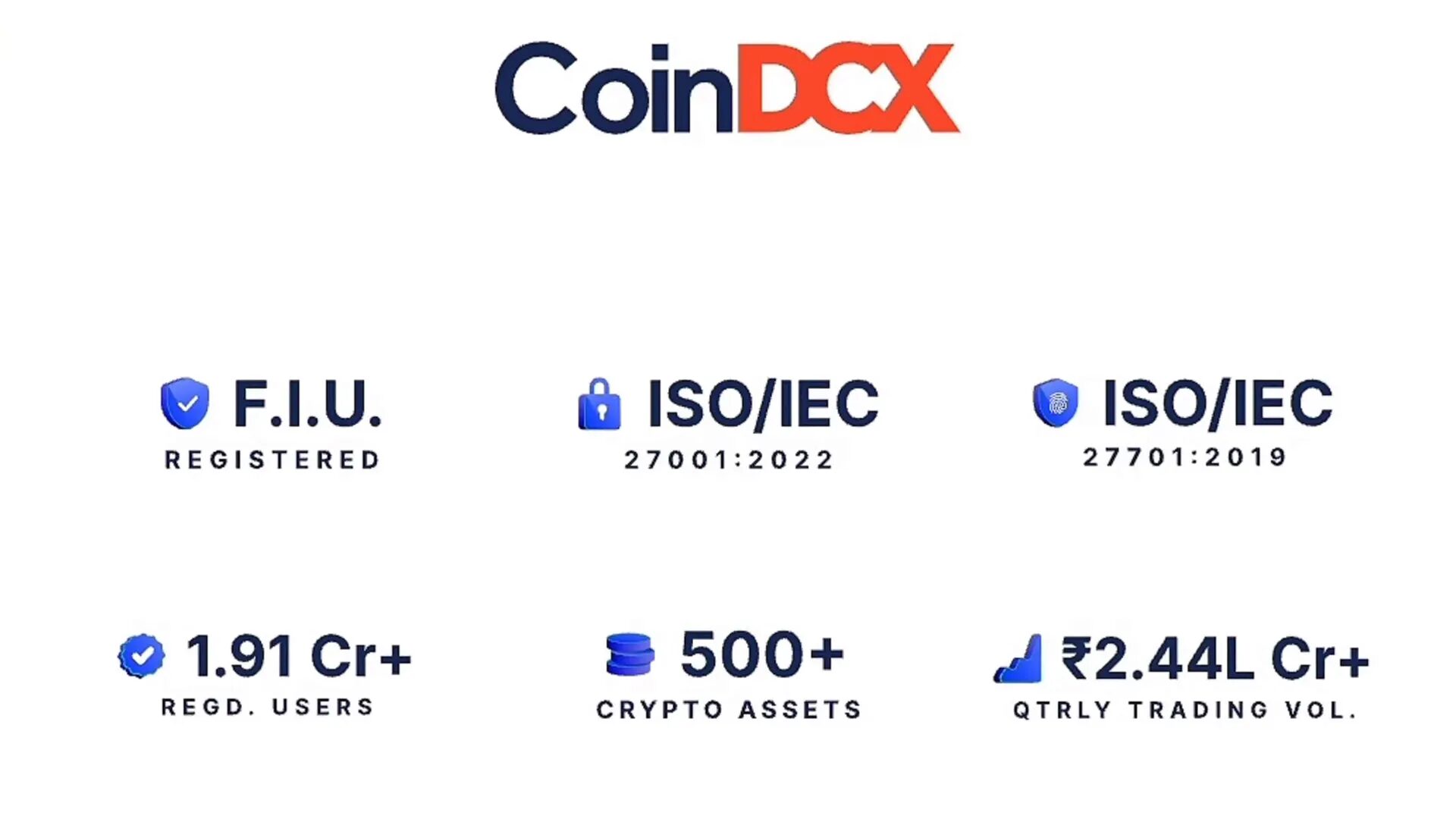
Is coindcx safe? The practical, layered answer
So, Is coindcx safe? The real answer is “it depends”—on how you define safe, and on the standards you use to evaluate an exchange. Safety in crypto is not absolute; it’s layered. CoinDCX has several strong layers in place that reduce risk: segregated cold wallets, proof of reserves, an investor protection fund, and insurance coverage. But no platform is invulnerable. You should evaluate multiple factors and act accordingly.
Checklist to answer “Is coindcx safe” for yourself
Below is a practical checklist you can use any time you ask “Is coindcx safe” or evaluate any other exchange. These are the same points I looked for after the incident and that you should check periodically.
- Transparency – Does the exchange buy into public communication? Do they publish incident reports and timely updates? CoinDCX accepted the hack and issued a public incident report; transparency should be your first filter.
- Security architecture – Are funds segregated into cold wallets? Does the exchange use multi-signature wallets for critical operations and 2FA for users? CoinDCX uses multisig and cold storage for core assets.
- Proof of Reserves – Does the exchange publish proof-of-reserve statements to show customer assets are backed? Regular public proofs reduce the risk of hidden insolvency.
- Investor protection fund – Does the exchange maintain a protection pool funded by revenue or fees? CoinDCX has an investor protection fund funded by a portion of brokerage fees to help cover breaches.
- Insurance coverage – Is there third-party insurance that covers digital assets in case of theft or breach? CoinDCX mentioned insurance coverage (the transcript references around ₹1,000 crore coverage) for digital asset risks.
- Regulatory & certification status – Is the exchange registered in the jurisdiction, ISO certified, or subject to independent audits? CoinDCX has made claims around certifications and registration—check the exact status and audit reports.
- Operational maturity – How long has the platform been operating, what is its user base and volume, and are there prior incidents? Past behavior and responses matter.
How CoinDCX stacks up on each checklist point
- Transparency: CoinDCX accepted the incident publicly and communicated that user funds in cold wallets were secure.
- Security: They use multi-signature wallets, two-factor authentication, and segregated cold wallets for large holdings.
- Proof of Reserves: CoinDCX publishes proof-of-reserve updates periodically—this is a positive indicator.
- Investor Protection Fund: The platform maintains a protection fund funded by a portion of brokerages (around 2% of brokerage goes into the fund) to help cover user losses in certain incidents.
- Insurance: The exchange claims significant insurance coverage for digital assets; you should verify the terms and limits of that policy.
- Regulatory & Certifications: Check whether the exchange is registered and ISO certified in your jurisdiction, and confirm the latest audit reports.
Wider context: this is not an isolated problem
To judge any single incident fairly, put it in a wider context. Hacks have impacted many exchanges worldwide in recent years. The transcript referenced other notable incidents: a $20 million breach at Coinbase in June 2025 and a $1.5 billion incident at “By bid” in February 2025 (one of the largest at the time). These incidents highlight systemic risks in the space—no single exchange is a perfect fortress.
That background matters when you evaluate “Is coindcx safe” because it shows two things: first, sophisticated attackers can and do find vulnerabilities; second, how platforms respond publicly, compensate users, and remediate security is the real differentiator.
Why government and regulation matter to exchange safety
Crypto users pay taxes and contribute to the economy; therefore reasonable expectations around investor protection are fair. I believe that governments should make exchanges more accountable through timely audits, mandatory insurance schemes, investor awareness campaigns, and clear incident-reporting rules. A regulated environment that enforces periodic audits and insurance would help create trust similar to what we have in banks and stock markets. Until then, you as a user must do more due diligence.
Concrete personal security steps you must follow
Even if you decide CoinDCX or another exchange is safe enough to use, never forget that operational security is partly the user’s responsibility. Below are practical, high-impact measures you should implement.
- Do not share your user ID, password, or 2FA codes with anyone.
- Avoid clicking unknown links in emails, messages, or social media. Phishing is still the #1 method attackers use to compromise accounts.
- Use strong, unique passwords and a reputable password manager.
- Enable two-factor authentication (2FA) and prefer hardware-backed or app-based 2FA over SMS where possible.
- Do not keep all your assets on a single exchange. Use hardware wallets or cold storage for long-term holdings.
- Regularly check the exchange’s public communications, proof-of-reserves, and security advisories.
- If you trade often, keep only the capital you need for active positions on an exchange; move the rest to cold storage.
Practical scenario: what to do if you’re worried right now
- Check your exchange dashboard for any notices about withdrawals or unusual activity.
- Verify whether your withdrawal functions are normal by initiating a small withdrawal test if you suspect a problem.
- Look for official incident reports or announcements—don’t trust random social posts without verification.
- Move long-term holdings to a hardware wallet (cold storage) you control, not custodian wallets at exchanges.
- Enable 2FA, update your password, and scan your devices for malware if you receive suspicious messages.
- If the exchange offers it, review the terms of their investor protection fund and insurance coverage.
FAQ — Quick answers to common questions
Q: Is coindcx safe now after the hack?
A: Is coindcx safe? Based on public statements, CoinDCX claims that user funds in cold wallets were not affected and the company covered the operational loss from reserves. They also launched a recovery bounty and engaged forensic partners. That said, “safe” is relative: no exchange is risk-free. Use the checklist above to make your decision.
Q: Were any user funds lost in the hack?
A: CoinDCX states that user funds held in segregated cold wallets were not affected. The stolen funds were from an operational or provisional wallet. The company has said it will cover the loss from its reserves.
Q: Is it safe to trade cryptocurrency signals on Coindcx?
A: Yes, it is totally safe.
Q: What does it mean when an exchange covers losses from reserves?
A: It means the company uses its own capital—rather than deducting losses from customer balances—to absorb the cost of the breach. This is a positive sign, but you should still investigate the company’s liquidity, audits, and long-term risk controls.
Q: Does CoinDCX have insurance?
A: CoinDCX has stated it maintains insurance for digital assets (the transcript mentions around ₹1,000 crore coverage). Insurance terms vary—check exact policy limits, deductibles, and covered scenarios before relying on it as your only protection.
Q: Should I keep my crypto on an exchange?
A: Keep only what you need for trading on an exchange. For long-term holdings, use a hardware wallet or cold storage solution you control. Diversify custody and don’t place your entire net worth on any single platform.
Q: What red flags should make me move funds off an exchange?
A: Prolonged withdrawal freezes, lack of transparency, refusal to publish proof-of-reserves, refusal to undergo audits, or inconsistent public statements are all red flags. If you detect any of these, consider moving assets to cold storage or a regulated custodian.
Final verdict: Is coindcx safe? A balanced perspective
Is coindcx safe? CoinDCX demonstrated several reassuring features: segregation of cold wallets, proof-of-reserve practices, an investor protection fund, significant claimed insurance coverage, and the willingness to cover operational losses from reserves. They communicated the incident publicly and engaged forensic partners. Those are strong signs of operational maturity.
However, safety in crypto is never absolute. Attackers evolve and exploit weak operational points—like transactional wallets—so the right approach is layered security and constant vigilance. Use the checklist in this article to evaluate CoinDCX (or any exchange) yourself. Protect what you control: use hardware wallets for long-term holdings, enable 2FA, use strong passwords, avoid phishing, and keep informed about regulations and exchange disclosures.
Remember: asking “Is coindcx safe” is not a one-off check—it’s an ongoing evaluation. Exchange security, regulatory clarity, and company transparency change over time. Keep reviewing the facts, and take personal security seriously.
Further reading and next steps
- Check CoinDCX’s official incident report and proof-of-reserves statements.
- Confirm the exact details of any insurance policy the exchange cites.
- Follow credible blockchain analytics reports for fund tracing updates.
- Review hardware wallet options if you do not already use one for cold storage.
Stay safe, stay informed, and always evaluate exchanges with a layered security mindset. Is coindcx safe? From the available public information, it remains a viable option with meaningful protections—but only you can decide if it meets your security and risk tolerance criteria.


